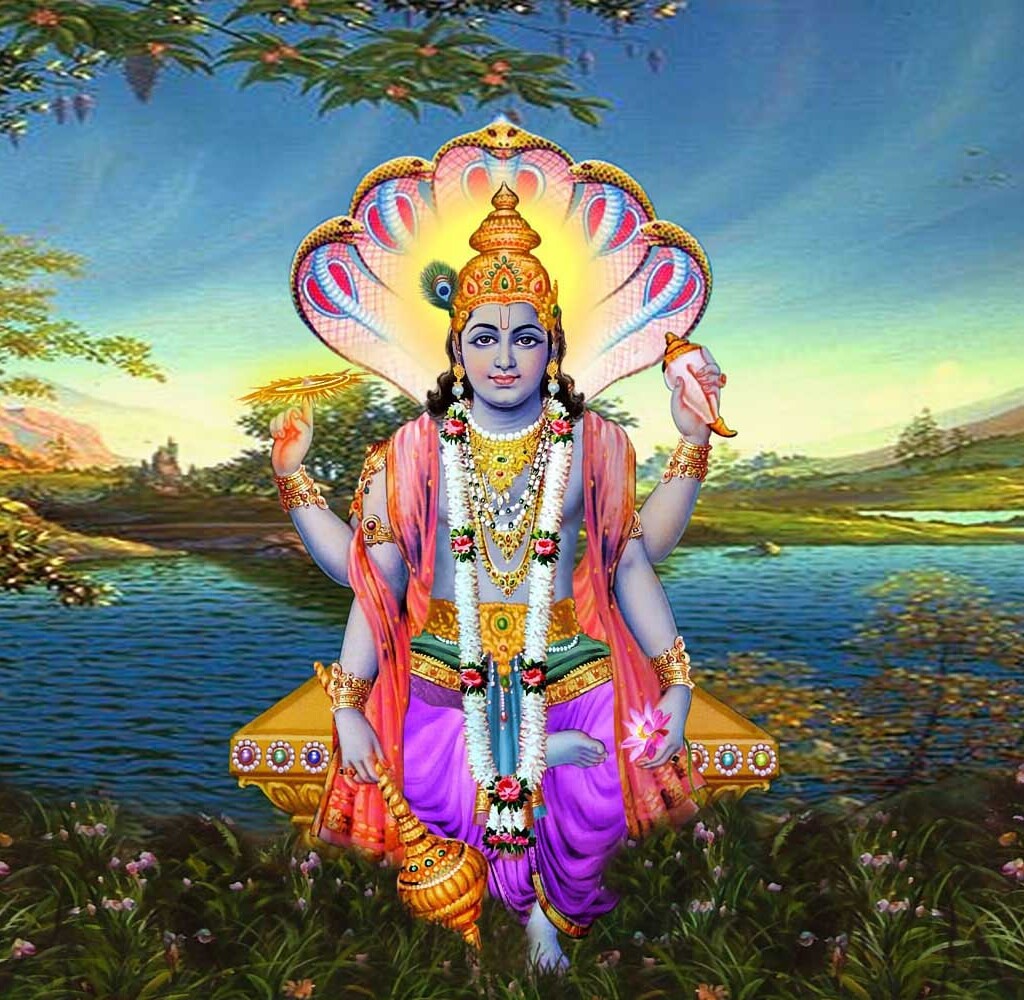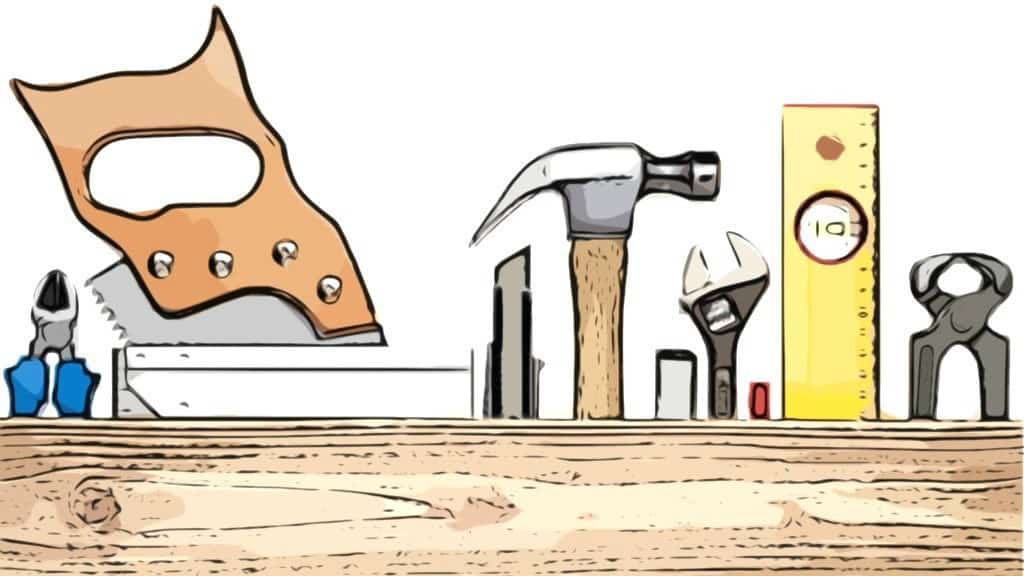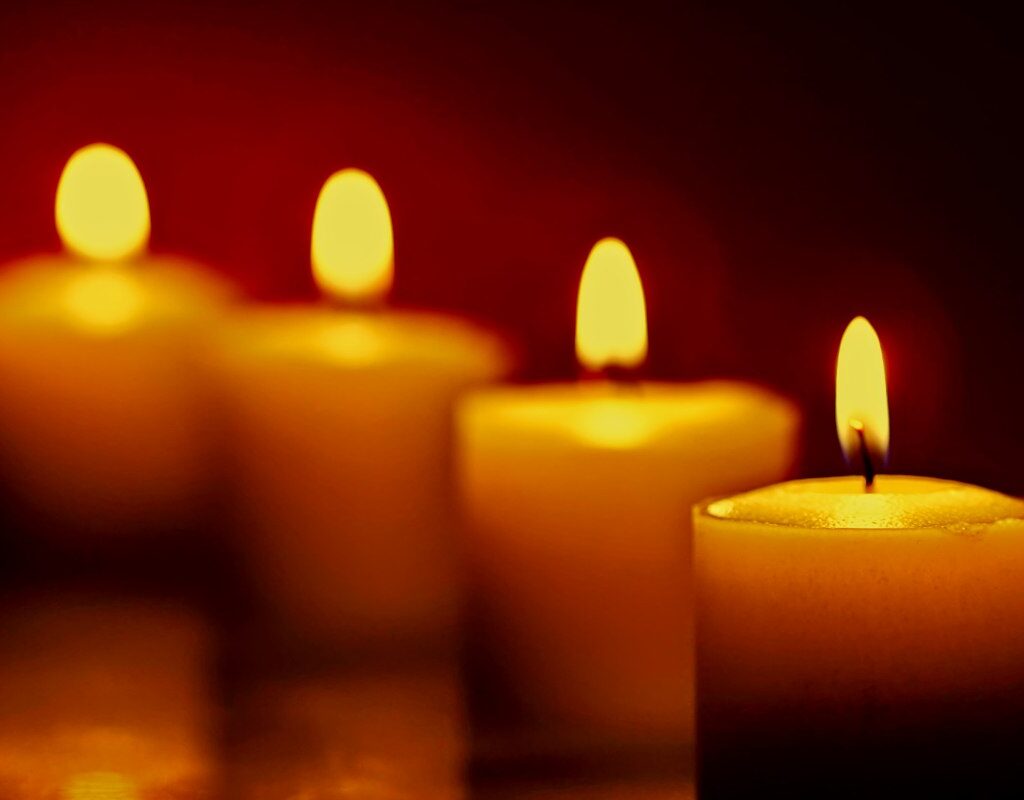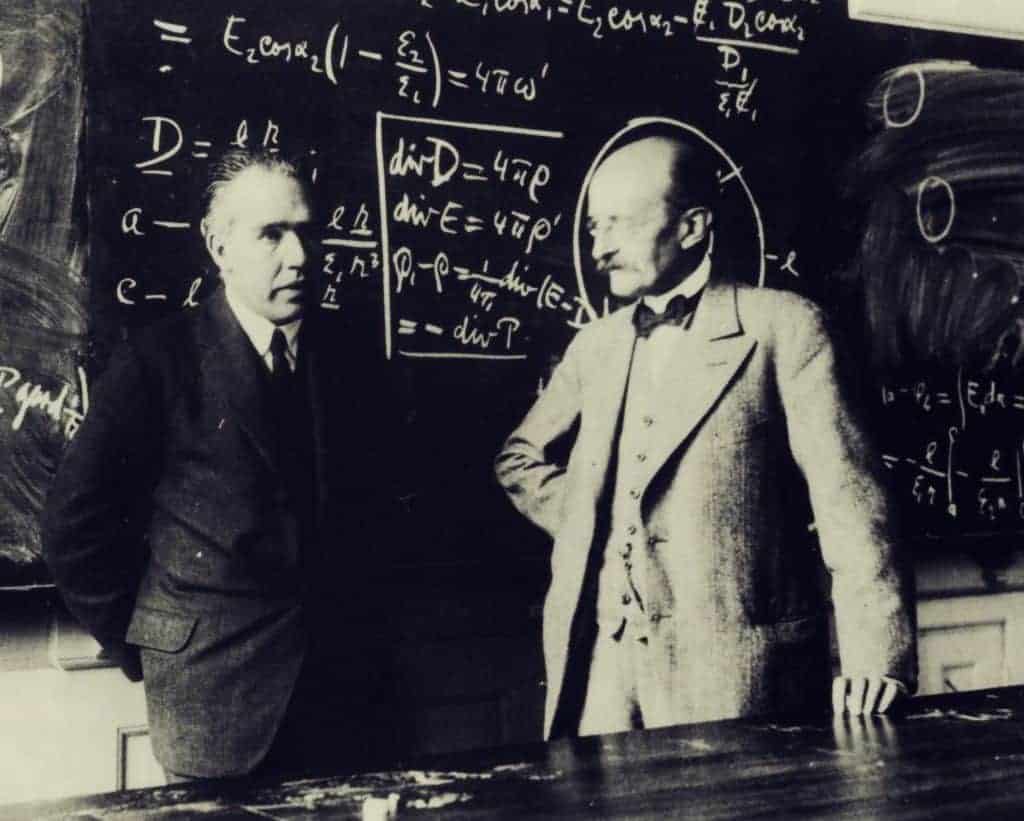The main religion of India is Hinduism and in this creed, there are a large number of gods and goddesses that are worshipped by their followers. Some of the most important gods in Hinduism are…
God of the avatars in India: Vishnu
- Brahman: supreme god and creator of the universe in Hinduism. The supreme principle and the supreme being.
- Shiva: one of the most important gods in Hinduism and is considered the destroyer of the universe, who destroys to create anew. He is represented as a man with a trident and a tiger belt and his wife is Parvati.
- Rama: avatar of Vishnu and is a very valuable god in Hinduism. Known for his bravery, wisdom and kindness. His wife is Sita.
- Krishna: another avatar of Vishnu and one of the most popular and beloved. The main character of the Hindu epic “Mahabharata” is famous for his charm and cunning. Radha is his wife.
- Ganesha: another popular and revered god. He has great wisdom and is the god who removes obstacles. He is represented by an elephant’s head and a human body.
- Vishnu: the one we will analyze in this article, is one of the most revered deities in Hinduism and is considered the protector of the universe. His wife is Lakshmi and he is represented as a middle-aged man with four arms.
Vishnu
Vishnu appears for the first time in Rigveda. He is a minor god, secondary to other gods of the Rigvedic religion.
Later, at the end of the II millennium B.C., in the Atharvaveda, two wives appear Aditi and Snivali and a descendant Kamadeva, who in the Mahabharata (III century B.C.) is seriously the son of Dharma and in the Bhagavata-Purana (X century A.C.) of the god Shiva.
The wives of Vishnu in the Mahabharata and the Puranas are already Laksmi and Sri and even Sarasvati.
Trimurti
Precisely in the Puranas, the god Vishnu is considered one of the most important gods, being part of the Trimurti (the three forms):
- Brahma: (“Creator”, in the sense of passion).
- Vishnu: (“Preserver”, in the mode of goodness)
- Shiva: (“Destroyer”, of ignorance)
Creator, Preserver and Destroyer of the Universe
Vishnu plays the roles of creator, preserver and destroyer of the universe, according to the Padma-Purana. When Vishnu decided to create the universe, he divided himself into three parts.
He sacrificed his right side to create, creating the god Brahma. He gave his left side to protect, originating Vishnu (himself) and then divided his right half into two parts, giving rise to Shiva.
Vishnu is also known as Hari and by the name Narayana. The best-known representations of Vishnu are those of his avatars, in particular Rama and Krishna.
The principal deity of Visnuism is Vishnu
Hindus today believe that Vishnu took various forms when he incarnated in India. These avatars serve as popular forms of worship.
Vaikuntha, a paradise where everything is made of gold and precious stones, is where Vishnu resides. The Ganges rises from his divine feet and descends upon Shiva’s head in an inaccessible place in the Himalayas, beyond the sky. The bird god Garuda serves as his chariot.
Vishnu is usually depicted as a blue-skinned humanoid being holding four arms:
- An Aprma (lotus flower, whose aroma gives pleasure to Vishnu’s devotees).
- A Sudarshana Chakra (a disc similar to the one used by ninjas, with which Vishnu slits the throats of demons).
- A Golden Mace (to crush the skull of the demons).
- A Shankha (conch shell whose sound symbolized in India the victory after killing an enemy).
Laksmi
His wife, often sits on one of his knees while he is seated, resting on a lotus flower. He has a Shrivatsa, which is a white mark or curl of hair, on his chest.
Their names are sometimes used interchangeably because Krishna is considered to be the most significant manifestation of Vishnu. In Krishnaism (also known as Bengali Vishnuism) Krishna and not Vishnu, is considered to be the supreme being.
Instead of the conventional view that Vishnu is an avatar of Krishna, they hold this view.
Vishnu-Sajasra-Nama
The Vishnu-Sajasra-Nama, also known as “Vishnu, a thousand names,” which appears in the Mahabharata, is a collection of Vishnu’s many names, possibly more than any other Hindu deity. The names are usually derived from the supposed infinite attributes of Vishnu.
These are the incarnations of Vishnu:
- Parashurama. (“Axe-pleasure”), who took the form of a Brahmin and killed tens of thousands of Chatras warriors who had strayed from the path of righteousness.
- Matsya is the name of the fish of the Satya Yuga. It represents the beginning of life.
- Rama, king of Ayodhya and husband of Sita, is known as the “moon of pleasure”. Similar to Helen of Troy, whose abduction provoked the war described in the Ramayana.
- Vishnu in the form of a dwarf, Vamaná (“dwarf”), symbolizes a child.
- Krishna, also known as “the black one or the attractive one”, debuted together with his brother Balarama in the dwapara iugá era. Manifestation of the divine serpent Ananta Sesha, Balarama made his debut with Krishna, according to the Bhagavata-Purana.
- Varaha. The resident boar of the Satya Yuga. It represents the almost complete human embryo. Its characteristics are clear.
- Kurma. In the Satya Yuga, the turtle first appeared. It resembles a human embryo with a large belly that is just beginning to develop legs.
- Balarama. The elder brother of Krishna.
- Kalki. Creates the Satya Yuga, a new age based on goodness, truth, justice and humanism. Kalki is often used as a metaphor for time or eternity.
- Narasimha. He has appeared in ancient epic poems, iconography, temples and festivals for millennia; he is one of the best-known Hindu gods. He is often depicted with the torso and lower half, a human, face and lion claws.
- Their names are sometimes used interchangeably because Krishna is considered to be the most significant manifestation of Vishnu. In Krishnaism (also known as Bengali Vishnuism) Krishna and not Vishnu, is considered to be the supreme being.
Variations of Vishnu
- Maja-Visnu, also known as “the great Vishnu”, is the incarnation of the creator of all universes. The millions of material universes are detached (as particles) from his body. He dreams of the activities of all living beings while sleeping.
- Vishnu Garbhodaka-shai. He expands and is at the bottom of every universe produced from Mah Vishnu’s body (imagined as an egg at the bottom of which there is an ocean).
- Vishnu Kshirodaka-shai. The Hindus held the idea that the Earth was flat and distinct from other stars. It contained an ocean of salt water surrounding India and several concentric oceans of fresh water, milk, fried butter, honey, etc. that were inaccessible to humans. “Vishnu lying in the ocean of milk” has another expansion.
- Paramatman (“Supersoul”). This Vishnu also expands to fill all bodies in which a considerable number of souls dwell.
- Shalom, good day. A deity representation of Vishnu that is usually a dark, spherical stone (actually an ammonite fossil).
- Anji Shesta Ananta Shesha, the thousand-headed serpent, represents the expansion of Vishnu into a self-serving servant.




